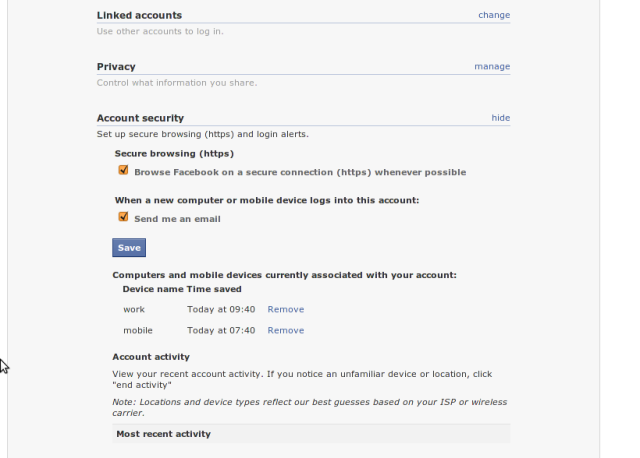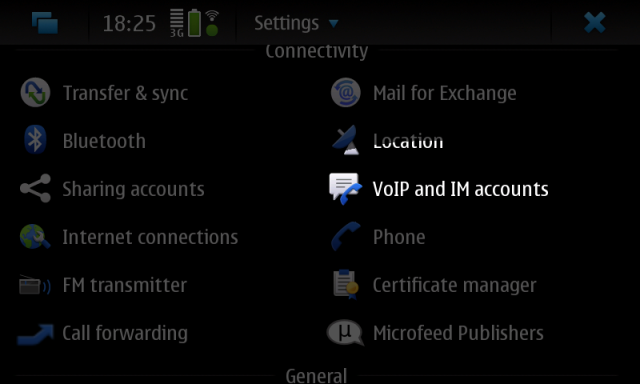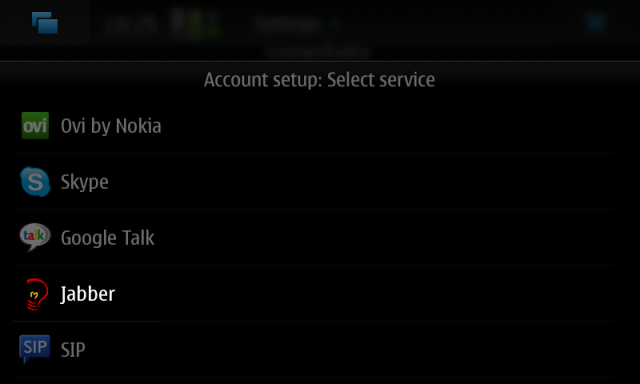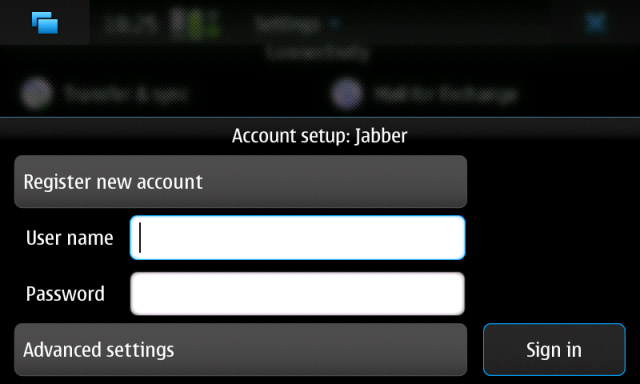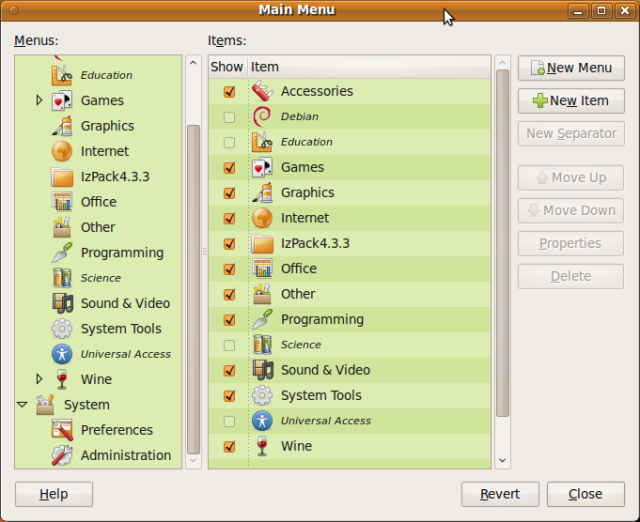
ubuntu upgrade
I recently got around to upgrading my development machines from Ubuntu 9.04 to 9.10, mainly because 9.04 is now end of life.
The upgrade itself went very smoothly – just a case of agreeing to all the defaults and letting the upgrade software do it’s thing.
Everything was going well until the install completed and I got invited to restart the machine to complete the install… “no problem” I think, this has been the smoothest upgrade ever.
The computer restarts, I see a simple Ubuntu logo on both screens and then…. nothing. Both screens go blank and that’s how they stay. I can’t even Ctrl-Alt-F1 to a terminal. After some thought I recall that I put some proprietary ATI drivers on the 9.04 install to drive the ATI graphics card I use for dual monitors – I guess they don’t play nicely with X in Ubuntu 9.10. The problem then is probably in the xconfig
So here’s the solution that worked for me (I know there are probably more elegant solutions):
- Reboot the machine
- Opt for recovery mode from the Grub menu
- Choose “Drop to root shell with networking” from the recovery menu
- Delete the X config file (sounds scarier than it is)
> sudo rm /etc/X11/xorg.conf
Reboot the machine
Hope for the best…
This got me back up and running, and there was need to download any extra drivers for 9.10; I simply used the System -> Preferences -> Display options to configure my monitors as I wanted them.
Calm has been restored to the Karmic Koala.

